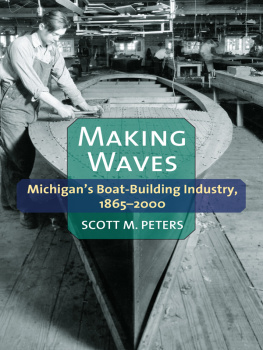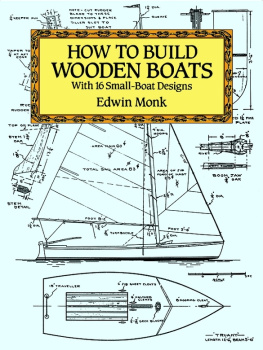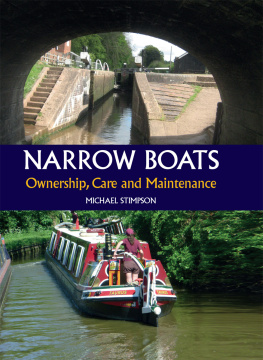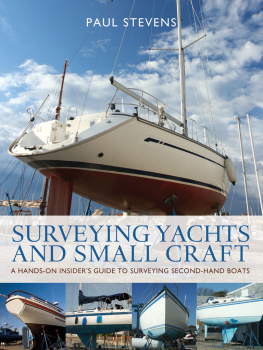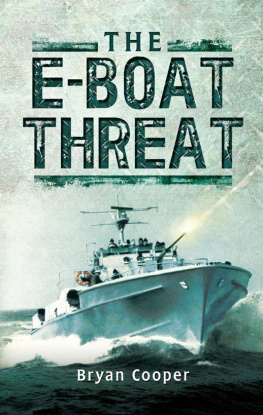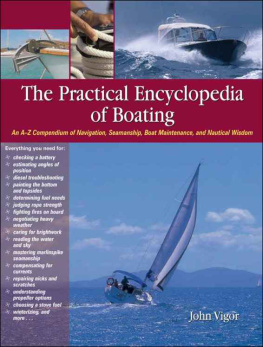ACKNOWLEDGMENTS
So many friends have been involved in my boating escapades and thus have, whether wittingly or unwittingly, contributed to the contents of this book that I can do no more than list their names. They include: Ellington and Ellen White, John and Shelley Barth, the late Willard N. James, Carroll and Alice Hollis, Bob and Mary Simpson, Bill and Susan Simpson, John McCallum, Stanley and Barbara Porter, Scholey Pitcher, Clyde and Susan Edgerton, Robert Alden Rubin, William Louis Rubin, John Nelson, Ed and Mildred Voorhees, Mary Warren Leary and the late Lewis Leary, the staff at Minnesott Beach Yacht Basin, Nick Lyons, Clem Willis, George Alletsee, and Larry Myers.
In a somewhat different version, the chapter entitled Prologue, 1937: The First Boat appeared in Boats, edited by David Seybold and published by Grove-Weidenfeld in 1990.
Portions of the chapter entitled Sailboat for Sale were first published in the September 1990 issue of Southern Living.
Some of the material pertaining to the building of the Algonquin appeared in the June-July 1991 issue of Coastal Cruising magazine.
I suppose I also ought to acknowledge the efforts of the crooked son of a bitch who made it possible for me to end this narrative on a humorous note, even if it cost me a tidy sum thereby.
1
ADGERS WHARF
Two summers ago, in 1989, when I was sixty-five years old, I made up my mind to have a boat built. It was to be made of wood, not fiberglass, and its workboat hull configuration was to be the same as that of many hundreds of small commercial fishing craft along the coast, although its cabin would be larger, designed not merely as shelter from the sun, wind, and rain, but with facilities to allow me to sleep aboard it for several days at a time.
For the same amount of money that the new boat would cost, I could have bought a new or late-model production cabin cruiser with a fiberglass hull, which would go much faster, with considerably more in the way of amenities, and be designed from the keel up for pleasure rather than commerce. When eventually I decided to sell itand with boats that day inevitably comesit would bring a far better price. But I did not want a production cabin cruiser. I wanted a wooden launch, as small craft like the one I had in mind used to be called before pleasure boats became big business and more glamorous designations such as cabin cruiser and sportsfisherman were bestowed upon them, one that resembled the kind used by coastal watermen to make a living.
A sailboating friend of mine once accused me of exhibiting a kind of reverse snobbery when it came to boats. I liked them old, preferably wooden, and I gave them names like Bill James, Barbara P., Little Eva, and Mudtoad. It got me to thinking; there was some truth to the accusation. The question, however, is Why? What is the particular attraction that workboats and other such utilitarian craft hold for me?
My admiration for workboats goes a long way back, all the way to my childhood and a place called Adgers Wharf. Located at the head of Tradd Street on the Charleston waterfront, Adgers Wharf was actually two wharves, a north and a south, and it was mostly given over to small commercial craft. When I was a teenager in Charleston in the 1930s and early 1940s, I spent many hours there and elsewhere along the city waterfront. In retrospect, I can see that the downtown waterfront in Charleston had a meaning for me that went considerably beyond the customary attraction that such things ordinarily have.
Let us assume, first of all, that no very extraordinary psychological explanation is needed at this point for why I, or any other adolescent male, might have been fascinated with boats, trains, and the like. Let us assume also that for a youth growing up in a small southern city with ambitions for a career as a journalist and writer, the ships and trains that left the city for other places far and wide held a symbolic place in my imagination for that reason in itself.
Beyond these, however, other factors are involved which, if I am to tell the story properly, must be explored and understood. It is necessary first of all to try to explain my particular place, and my familys, in the Charleston scene, and to show how Adgers Wharf, its workboats, and the downtown waterfront in general fit into the picture.
When I was young, there were not one but two different and seemingly discrete Charlestons. For more than one reason, they could be designated as Uptown and Downtown.
Downtown Charleston was the old part of the city, with buildings that dated back to colonial times. It was the city that the tourists came to see, and where the Old Charlestonians lived, the families whose forebears were the antebellum rice planters and merchant princes. Downtown Charleston was a city of narrow, sometimes winding streets with quaint and historical names like Longitude Lane and St. Michaels and Prices and Bedons and Stolls and Do As You Choose Alleys and Tradd and Church and Water and Gibbes and Legar and Lamboll and Orange and East Bay. In church affiliation it was Episcopalian and Huguenot and Presbyterian, with a few Unitarians and Congregationalists and Jews whose tenure often went back to colonial and early federal times. Downtown people were lawyers and doctors and professors and realtors and bankers and stockbrokers and businessmen and artists and writers and newspaper editors. Black people Downtown were Colorful and Primitive and wore bandannas and spoke Gullah and they went about the streets hawking fish and shrimp and produce and everyone knew their picturesque vending cries. The women wore uniforms and had names like Viola and Evalina.
Downtown was laden with history, and its residents talked about and some few even remembered the Firing on Fort Sumter, and Downtown was where there had been pirates and privateers and Revolutionary War heroes and blockade runners and Civil War generals. The big houses Downtown had outbuildings behind them which had once been slave quarters. Downtown there was Culture and Art and Poetry, and painters and etchers made illustrations of the famous Sword Gates and St. Michaels Church and the Flower Ladies on its portico and other quaint scenes, and authors wrote poems and sketches extolling the uniqueness of the Carolina Low-country, and the Dock Street Theatre performed plays, and there were concerts and recitals. Downtown was the place of the College of Charleston, the nations oldest municipal college, and the Historical Society and the Library Society and the New England Society, and also the St. Cecilia Society, where the females of the gentry made their debuts.
Downtown was White Point Gardens and the Battery, with Fort Sumter visible across at the harbor mouth, and where the Fort Sumter Hotel, and also the Villa Marguerita (which didnt accept Jews as guests), were located. Downtown families were named Alston and Ball and Barnwell and Drayton and FitzSimons and Huger and Lowndes and Manigault and Maybank and Mazyck and Smythe and Pinckney and Porcher and Rhett and Simons (with one m only) and Stoney and VanderHorst and Waring; sometimes they even bore two of the names at the same time. For recreation the Downtown residents kept sailing craft at the Carolina Yacht Club and the Yacht Basin, and they went sailing off the Battery and held regattas and raced Snipes and scows and cruised in handsome yawls and ketches and schooners. They played tennis and golf. They hunted ducks in the abandoned rice fields of the Low-country. They rode horseback and held fox hunts and steeplechase races. Downtown, in sum, was patrician and cultured and historical and scenic and romantic and literary. When you read about Charleston in a poem or a book it was always Downtown Charleston. If you saw a picture of Charleston in a magazine, or in a painting or watercolor, Downtown Charleston was what was portrayed.



